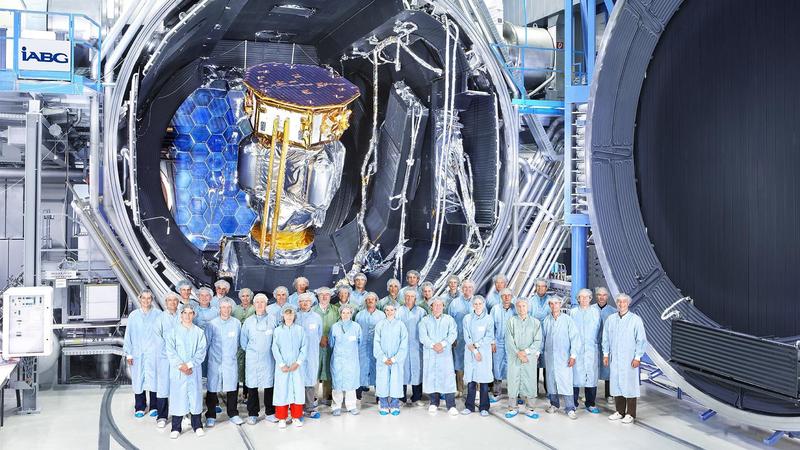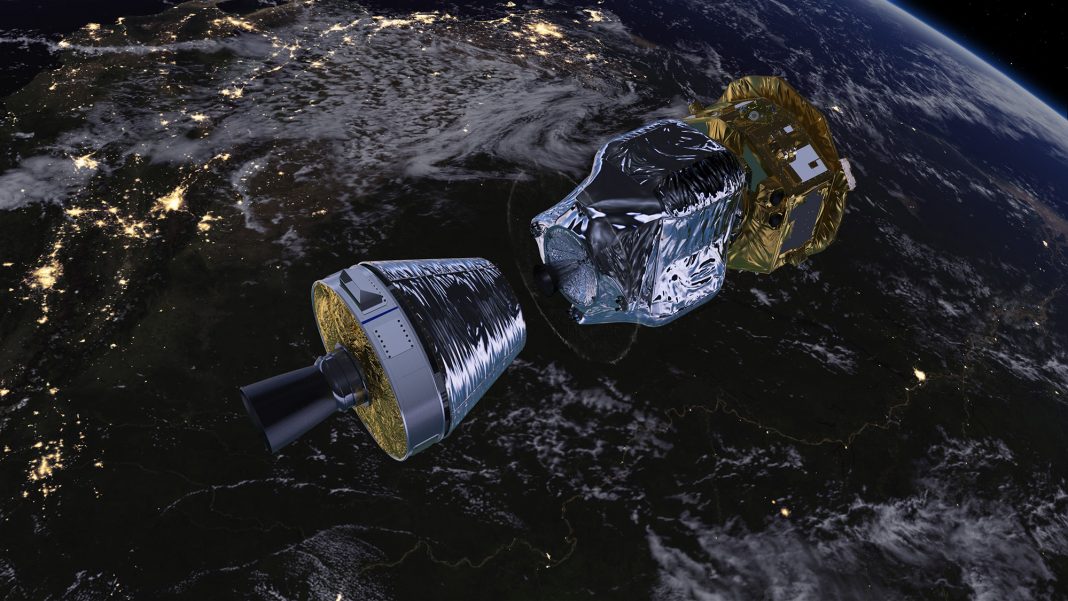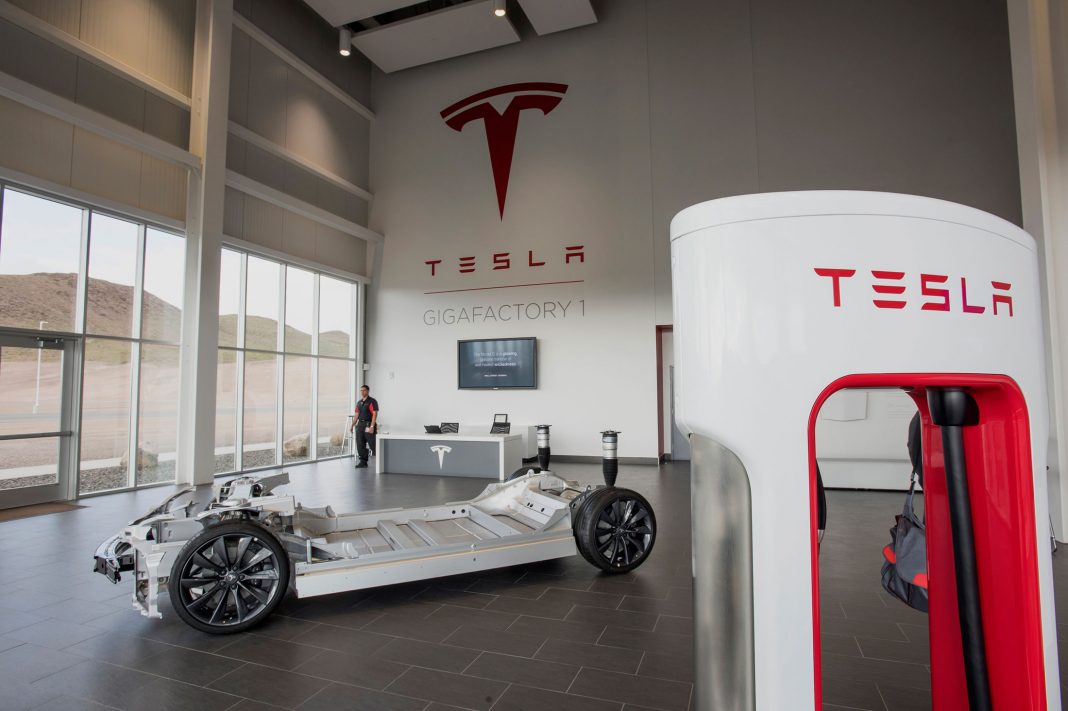While space agencies have launched satellites, telescopes, rovers, and other crafts to the moon, nearby planets, and even beyond the edges of our solar system, no one has as of yet, put a craft into orbit around the Sun. But that’s exactly what the European Space Agency, or ESA, would like to do.
With the inherent challenges of such a task, like core temperatures above 27 million degrees, plasma jets, and a mass 1.3 times larger than Earth, what the ESA hopes to detect makes the risks worth it: gravitational waves.

The phenomenon of gravitational waves was first predicted to exist by Albert Einstein and are space-time ripples created when two black holes collide or merge together. Scientists first detected such waves in September 2015 by using the Laser Gravitational Wave Observatory, or LIGO. The pair of massive observatories uses a series of lasers and mirrors to detect the minute movement of gravitational waves. However, there can be a number of disturbances on Earth that mimic the slight tremor, like earthquakes or a passing train, and while the observatories were specifically designed to eliminate these types of erroneous readings, their gravitational wave findings have come under debate.
Therefore, the ESA plans to build a bigger and better detector that while orbiting the sun, should be far enough away from other objects that interference is drastically reduced or eliminated entirely. The massive project is named LISA, short for Laser Interferometer Space Antenna, and will consist of three detectors at a distance of over 621,000 miles from each other, forming a triangle around the sun, and linked by the three arms of its laser interferometer.
Inside each LISA craft is two matching cubes made of gold and platinum precisely placed at specific distances from each other. A gravitational wave should disrupt or change this distance and thus register the presence of the wave. Already LISA crafts have had successful test flights, and the ESA does not foresee any issues with the future progress of the project.
More News to Read











